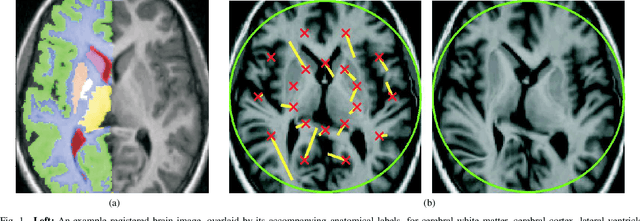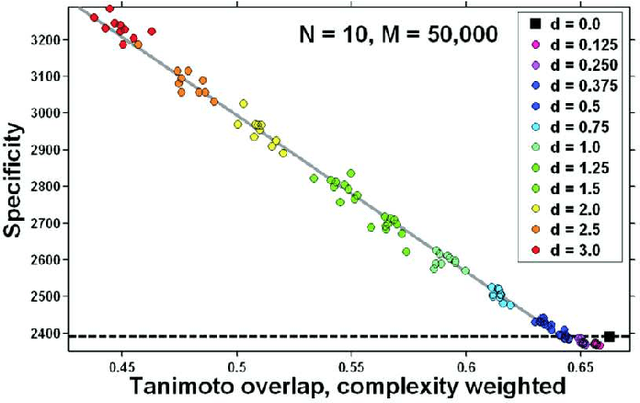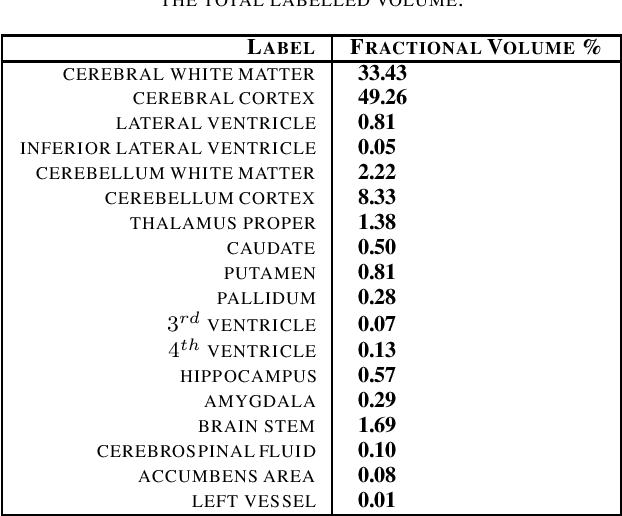Carole J. Twining
Fundamental Issues Regarding Uncertainties in Artificial Neural Networks
Feb 25, 2020



Abstract:Artificial Neural Networks (ANNs) implement a specific form of multi-variate extrapolation and will generate an output for any input pattern, even when there is no similar training pattern. Extrapolations are not necessarily to be trusted, and in order to support safety critical systems, we require such systems to give an indication of the training sample related uncertainty associated with their output. Some readers may think that this is a well known issue which is already covered by the basic principles of pattern recognition. We will explain below how this is not the case and how the conventional (Likelihood estimate of) conditional probability of classification does not correctly assess this uncertainty. We provide a discussion of the standard interpretations of this problem and show how a quantitative approach based upon long standing methods can be practically applied. The methods are illustrated on the task of early diagnosis of dementing diseases using Magnetic Resonance Imaging.
Evaluating Registration Without Ground Truth
Feb 24, 2020



Abstract:We present a generic method for assessing the quality of non-rigid registration (NRR) algorithms, that does not depend on the existence of any ground truth, but depends solely on the data itself. The data is a set of images. The output of any NRR of such a set of images is a dense correspondence across the whole set. Given such a dense correspondence, it is possible to build various generative statistical models of appearance variation across the set. We show that evaluating the quality of the registration can be mapped to the problem of evaluating the quality of the resultant statistical model. The quality of the model entails a comparison between the model and the image data that was used to construct it. It should be noted that this approach does not depend on the specifics of the registration algorithm used (i.e., whether a groupwise or pairwise algorithm was used to register the set of images), or on the specifics of the modelling approach used. We derive an index of image model specificity that can be used to assess image model quality, and hence the quality of registration. This approach is validated by comparing our assessment of registration quality with that derived from ground truth anatomical labeling. We demonstrate that our approach is capable of assessing NRR reliably without ground truth. Finally, to demonstrate the practicality of our method, different NRR algorithms -- both pairwise and groupwise -- are compared in terms of their performance on 3D MR brain data.
 Add to Chrome
Add to Chrome Add to Firefox
Add to Firefox Add to Edge
Add to Edge